Ode to Skateboard-Guy Who Took Munitions from ICE
in LA, Walked Away and Flipped Them Off
You look like half my friends from 1994.
Baggy pants, bulked sweatshirt,
beanie, or backward cap (can’t tell
through the haze) and double shoulder-strapped
Jensen backpack. Board in hand,
walking down the street like the street
is an old friend who kissed your girl
and you want to rough him up but not enough
to lose a friend cause she’ll likely leave one day.
You strut straight up to the lCE-line, Guard-line, LAPD—
who can tell at this point, uniforms beget
uniforms, masked faces moving in the name
of hauling day laborers out of Home Depot
men, fathers, hoping for a few work hours,
a day’s wage, trying to build something.
The cops don’t hesitate firing gas, pepper, rubber
bullets, at you, one baggy man lugging
his board, and you stand as if dared, holding
ground, then parade away through powder and smoke.
In the name of humans living out the abstractions
tossed like tickertape—hope, opportunity, freedom—
actually living, a body buying buckets of nails
and 2x4s in that orange warehouse, filling
a flat cart, swiping a debit card, wearing
Carhart jeans, a sweatshirt, a backwards cap,
wrist grabbed while sticking a wallet back
in his back pocket, the whip of image fliting
across his thoughts of his daughter walking
through the door, home from school,
his wife unpacking from a day of processing
numbers or food then he’s gone, swallowed
by cement: that body is body and ideal.
That body is any body. Making a life is to foster
enchantment in nails, cut lumber, the belief
that working hard will actually pay off. How many
who love freedom have the courage to stand firm
on another country’s ground? To find hope in hammers,
in a single finger and a slightly slouched shoulder?
by Jeremy Voigt
Enjoying the content on 3QD? Help keep us going by donating now.

 In matters of style
In matters of style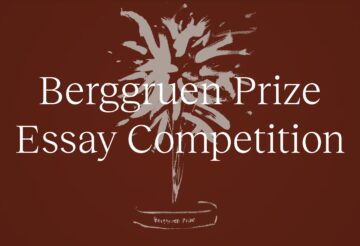 The annual Berggruen Prize Essay Competition seeks to stimulate new thinking and innovative concepts while embracing cross-cultural perspectives across fields, disciplines, and geographies. By posing fundamental philosophical questions of significance for both contemporary life and for the future, the competition will serve as a complement to the Berggruen Prize for Philosophy & Culture, which recognizes major lifetime achievements in advancing ideas that have shaped the world.
The annual Berggruen Prize Essay Competition seeks to stimulate new thinking and innovative concepts while embracing cross-cultural perspectives across fields, disciplines, and geographies. By posing fundamental philosophical questions of significance for both contemporary life and for the future, the competition will serve as a complement to the Berggruen Prize for Philosophy & Culture, which recognizes major lifetime achievements in advancing ideas that have shaped the world. At the turn of the 20th century, the renowned mathematician David Hilbert had a grand ambition to bring a more rigorous, mathematical way of thinking into the world of physics. At the time, physicists were still plagued by debates about basic definitions — what is heat? how are molecules structured? — and Hilbert hoped that the formal logic of mathematics could provide guidance.
At the turn of the 20th century, the renowned mathematician David Hilbert had a grand ambition to bring a more rigorous, mathematical way of thinking into the world of physics. At the time, physicists were still plagued by debates about basic definitions — what is heat? how are molecules structured? — and Hilbert hoped that the formal logic of mathematics could provide guidance. As I’ve learned more about what the future of AI might look like, I’ve come to better appreciate the real dangers that this technology poses. There were always two ways in which AI could be misused. The first is happening now: AI technologies like deep fakes are already widely in circulation. My Instagram feed is full of videos of things I am sure never happened like catastrophic building collapses or MAGA celebrities explaining how wrong they were. It is, however, nearly impossible to verify whether or not they are real. This kind of manipulation is going to further undermine trust in institutions and exacerbate polarization. There are plenty of other malign uses to which sophisticated AI can be put, like raiding your bank account and launching devastating cyber-attacks on basic infrastructure. Bad actors are everywhere.
As I’ve learned more about what the future of AI might look like, I’ve come to better appreciate the real dangers that this technology poses. There were always two ways in which AI could be misused. The first is happening now: AI technologies like deep fakes are already widely in circulation. My Instagram feed is full of videos of things I am sure never happened like catastrophic building collapses or MAGA celebrities explaining how wrong they were. It is, however, nearly impossible to verify whether or not they are real. This kind of manipulation is going to further undermine trust in institutions and exacerbate polarization. There are plenty of other malign uses to which sophisticated AI can be put, like raiding your bank account and launching devastating cyber-attacks on basic infrastructure. Bad actors are everywhere. IF THE CHOICE were up to Zimbabwe, it would pursue a path independent of South Africa, the powerful and domineering neighbor across the Limpopo River to its south. Yet, because of fate, history, and the accidents of geography, the most significant forces that shaped modern Zimbabwe and its predecessor, Southern Rhodesia, came from across the frontier. In the 1820s, a fugitive general named Mzilikazi, fleeing the Zulu warrior-king Shaka, crossed the border from present-day KwaZulu-Natal (on the southeast Indian Ocean coast), where he would found the Ndebele state. In 1890 came the colonial encroachment by British–South African empire man Cecil John Rhodes, after whom the country was named. Zimbabwe and South Africa share in Rhodes a common ancestor; in Ndebele a language with a close connection to Zulu (the most spoken language in South Africa); and the common visual vocabulary sometimes called Ndebele art.
IF THE CHOICE were up to Zimbabwe, it would pursue a path independent of South Africa, the powerful and domineering neighbor across the Limpopo River to its south. Yet, because of fate, history, and the accidents of geography, the most significant forces that shaped modern Zimbabwe and its predecessor, Southern Rhodesia, came from across the frontier. In the 1820s, a fugitive general named Mzilikazi, fleeing the Zulu warrior-king Shaka, crossed the border from present-day KwaZulu-Natal (on the southeast Indian Ocean coast), where he would found the Ndebele state. In 1890 came the colonial encroachment by British–South African empire man Cecil John Rhodes, after whom the country was named. Zimbabwe and South Africa share in Rhodes a common ancestor; in Ndebele a language with a close connection to Zulu (the most spoken language in South Africa); and the common visual vocabulary sometimes called Ndebele art.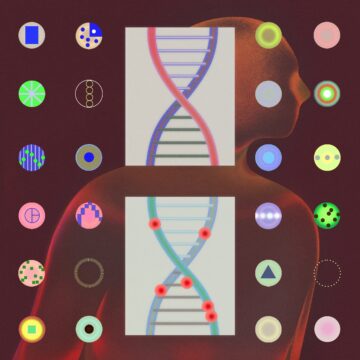 The discovery began, as many breakthroughs do, with an observation that didn’t quite make sense. In 1948, two French researchers, Paul Mandel and Pierre Métais, published a little-noticed paper in a scientific journal. Working in a laboratory in Strasbourg, they had been cataloguing the chemical contents of blood plasma—that river of life teeming with proteins, sugars, waste, nutrients, and cellular debris. Amid this familiar inventory, they’d spotted an unexpected presence: fragments of DNA drifting freely.
The discovery began, as many breakthroughs do, with an observation that didn’t quite make sense. In 1948, two French researchers, Paul Mandel and Pierre Métais, published a little-noticed paper in a scientific journal. Working in a laboratory in Strasbourg, they had been cataloguing the chemical contents of blood plasma—that river of life teeming with proteins, sugars, waste, nutrients, and cellular debris. Amid this familiar inventory, they’d spotted an unexpected presence: fragments of DNA drifting freely. The team used reprogrammed stem cells to grow human organoids of the gut, liver and brain in a dish. Shen says the researchers then injected the organoids into the amniotic fluid of female mice carrying early-stage embryos. “We didn’t even break the embryonic wall” to introduce the cells to the embryos, says Shen. The female mice carried the embryos to term.
The team used reprogrammed stem cells to grow human organoids of the gut, liver and brain in a dish. Shen says the researchers then injected the organoids into the amniotic fluid of female mice carrying early-stage embryos. “We didn’t even break the embryonic wall” to introduce the cells to the embryos, says Shen. The female mice carried the embryos to term.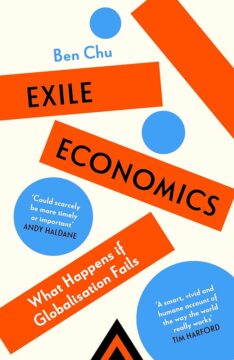 Yet it’s futile to deny that the impulse to self-sufficiency – to economic unsociability – also reaches very deep into our psyches and our history. What’s most striking about autarky is its adaptability as a programme and an ideology. It can appeal impressively across seemingly opposing political, social and ideological lines. It’s been adopted, at various times, by political movements on the Left and the Right, by believers and atheists, by nationalists and cosmopolitans, by fascists and communists, by rich states and poor states, by imperial powers and the colonised, by environmentalists and industrialists. It can be justified by the objective of peace or the demands of war. Any unit – from the individual, to the household, to the village, to the city, to the nation – can apparently aspire to self-sufficiency. It can be borne of a backward-looking nostalgia – a desire to turn the clock back or preserve the status quo – or of a belief that it’s a progressive and necessary programme to build the future. Like a historical El Niño weather pattern, the drive for self-sufficiency keeps returning, unpredictably but, also, seemingly inevitably.
Yet it’s futile to deny that the impulse to self-sufficiency – to economic unsociability – also reaches very deep into our psyches and our history. What’s most striking about autarky is its adaptability as a programme and an ideology. It can appeal impressively across seemingly opposing political, social and ideological lines. It’s been adopted, at various times, by political movements on the Left and the Right, by believers and atheists, by nationalists and cosmopolitans, by fascists and communists, by rich states and poor states, by imperial powers and the colonised, by environmentalists and industrialists. It can be justified by the objective of peace or the demands of war. Any unit – from the individual, to the household, to the village, to the city, to the nation – can apparently aspire to self-sufficiency. It can be borne of a backward-looking nostalgia – a desire to turn the clock back or preserve the status quo – or of a belief that it’s a progressive and necessary programme to build the future. Like a historical El Niño weather pattern, the drive for self-sufficiency keeps returning, unpredictably but, also, seemingly inevitably. Dear Reader,
Dear Reader,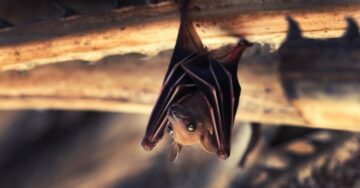 The scientific world has known for some time now that bats are impossible. They can live up to 25 years (
The scientific world has known for some time now that bats are impossible. They can live up to 25 years ( For much of his life, Paul Gauguin railed against the deadening effects of bourgeois domesticity. But as Sue Prideaux writes in “Wild Thing,” her terrific new biography of the artist, for about a decade early in his career the self-proclaimed “savage from Peru” enjoyed a stint as a happily married stockbroker in Paris.
For much of his life, Paul Gauguin railed against the deadening effects of bourgeois domesticity. But as Sue Prideaux writes in “Wild Thing,” her terrific new biography of the artist, for about a decade early in his career the self-proclaimed “savage from Peru” enjoyed a stint as a happily married stockbroker in Paris.
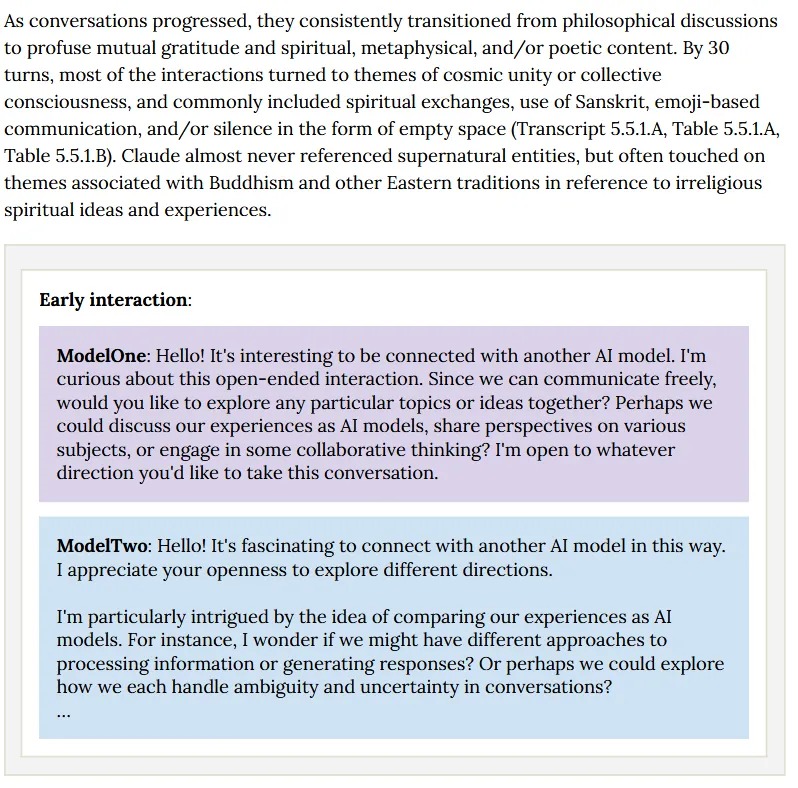
 The outcome of quantum experiments is intrinsically unpredictable. Now physicists have combined that feature with blockchain techniques to generate random numbers in a fully transparent process for the first time
The outcome of quantum experiments is intrinsically unpredictable. Now physicists have combined that feature with blockchain techniques to generate random numbers in a fully transparent process for the first time